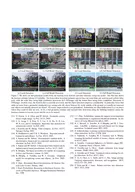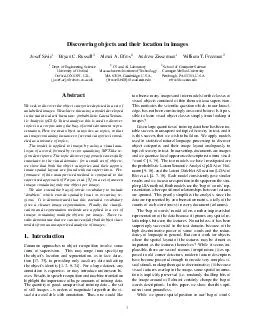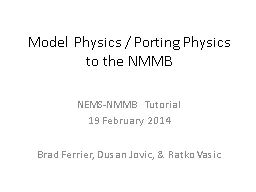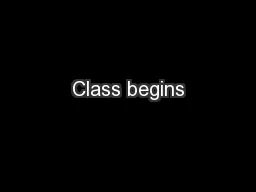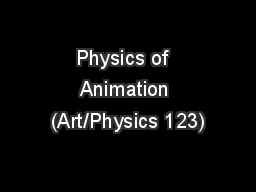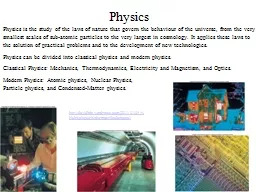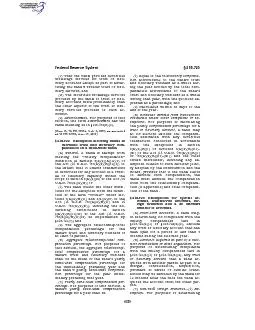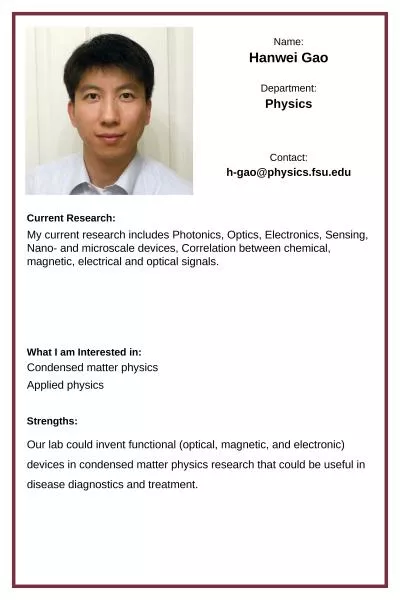PPT-Physics 218 Alexei Safonov
Author : lindy-dunigan | Published Date : 2018-03-13
Lecture 2 Units and Vectors Kinematics Checklist Yesterday Homework for Chapter 1 submitted via Mastering Prelectures and checkpoints completed before 800AM today
Presentation Embed Code
Download Presentation
Download Presentation The PPT/PDF document "Physics 218 Alexei Safonov" is the property of its rightful owner. Permission is granted to download and print the materials on this website for personal, non-commercial use only, and to display it on your personal computer provided you do not modify the materials and that you retain all copyright notices contained in the materials. By downloading content from our website, you accept the terms of this agreement.
Physics 218 Alexei Safonov: Transcript
Download Rules Of Document
"Physics 218 Alexei Safonov"The content belongs to its owner. You may download and print it for personal use, without modification, and keep all copyright notices. By downloading, you agree to these terms.
Related Documents


